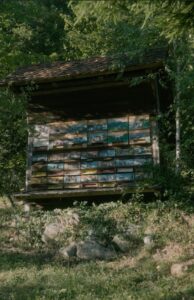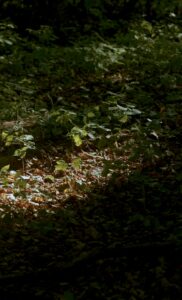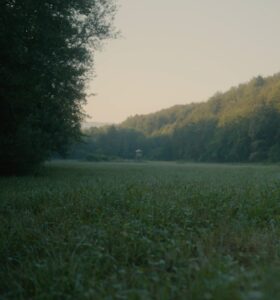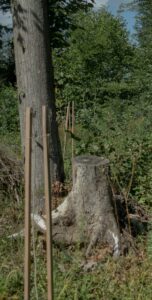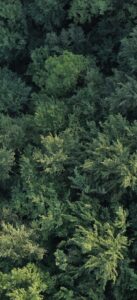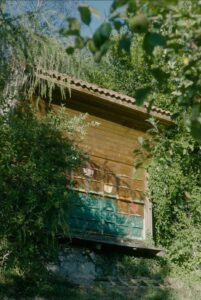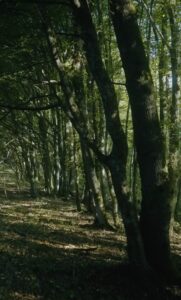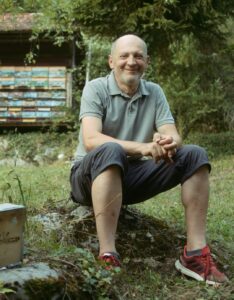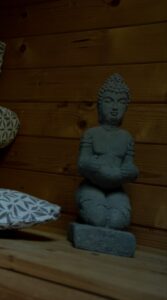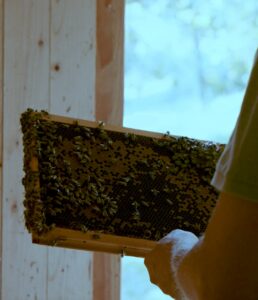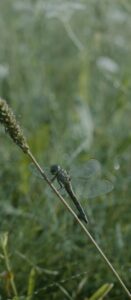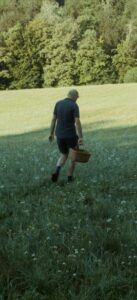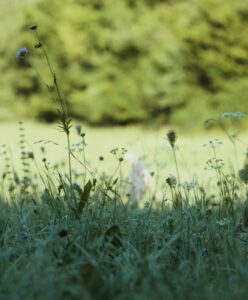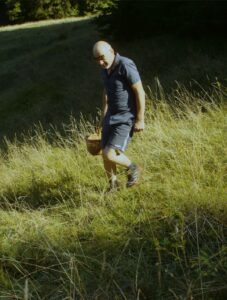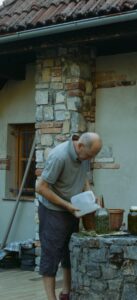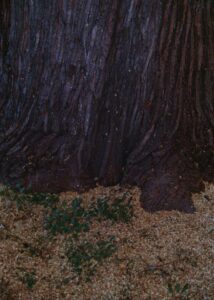
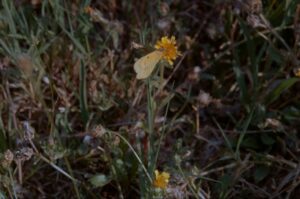

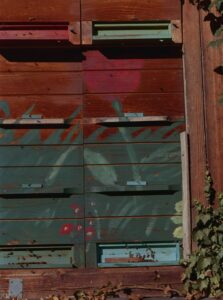
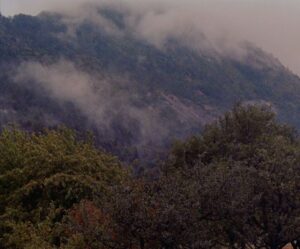
This
is
my
story,
this
is
where
my
beekeeping
story
begins.
Please enable sound
Episode 2
The Forest Beekeeper
The Forest Beekeeper
0% Loading...
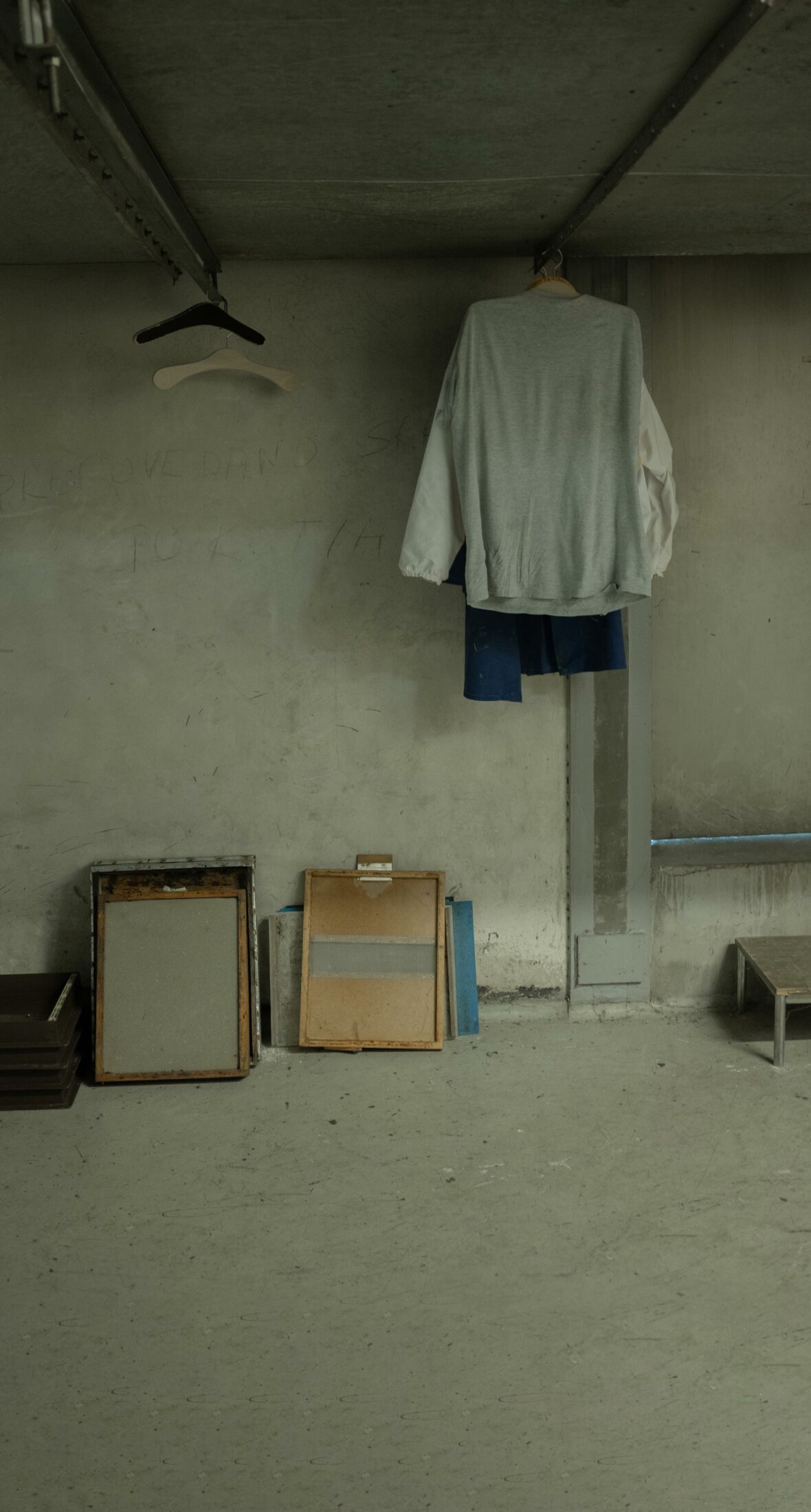
The Pollinators
of Slovenia
An interactive documentary
by Studio Airport
by Studio Airport
2023
About
Amid Slovenia’s thick forests of beech, fir, and maple, rolling agricultural land, and clear-running rivers there run ancient threads of relationship—between humans, pollinators, and the Earth—that still hum with life. In this interactive documentary, we travel deep into Slovenia’s landscape to learn how beekeepers and farmers are continuing to nurture this relationship in the face of climate change and habitat loss, finding new ways to nourish the vital creatures who in turn nourish us and the land.
Produced by
Emergence Magazine
Studio Airport
Director
Bram Broerse
Art Director
Maurits Wouters
Executive Producer
Emmanuel Vaughan-Lee
Writers
Anže Petelinšek
Bram Broerse
Emmanuel Vaughan-Lee
Cinematographers
Luuk de Kok
Mischa van Schajik
Photographers
Maurits Wouters
Carsten Pölking
Film Editor
Bram Broerse
Sound Designer & Music
Julian Tjon Sack Kie
Researcher
Anže Petelinšek
Graphic Designers
Anže Petelinšek
Bram Broerse
Sam Reith
Code by
September Digital
Developers
Hidde Meulenbeek
Wouter den Boer
Jan-Maarten Schot
Drone Operator
Mischa van Schajik
Color Grader
Maurits Wouters
Motion Designers
Bram Broerse
Hidde Meulenbeek
Narration Writer
Rachel Broomhead
Copy Editors
Michelle Moore
Lucy Wormald
Translator
Anže Petelinšek
Narrator
Tisa N. Herlec
Interviewees
Matjaž Novak
Stefan Novak
Roman Košale
Dr. Danilo Bevk
Manca Omerzu
Franc Petrovčič
Darja Jenko
Črt Butul
Interviewers
Anže Petelinšek
Bram Broerse
Cellist
Laurence Gaudreau
Voice Over Recording
SonicPicnic, Robin Schaefer
Additional Camera Operator
Ziga Krajnc
Special Thanks to
Beekeep Museum, Čebelarstvo Tigeli
Čebelarstvo Košale
Domač Butul
Dr. Danilo Bevk
Eko Prekmurc
Janšev Čebelnjak
Kmetija Omerzu
Landscape Park Tivoli
Ljubljana Botanic Garden
Slovenia Forest Service
Urban Beekeepers Association
16:41
In this episode of “Pollinators of Slovenia,”
we travel deep into the forest
to meet Roman, a forager and beekeeper.
Roman’s relationship with bees
began in childhood
when he discovered their healing gifts.
Now a producer of delicious honey,
he takes us into his beehive,
explains his fascination with the forest,
and gives us an insight into the relationship
between ants and wild thyme.
Slovenia is extremely famous
for its beekeepers
for good beekeeping practices.
There’s no place in the world with
as many beehives as Slovenia.
Our ancestors felt a strong connection to the honeybee
and cared for it,
and had extreme respect
for this precious animal that
takes care of our planet.
My name is Roman Košale.
I’m interested in different things.
On the property where we are now
I have three apiaries—three stationary apiaries.
Why are they here?
Why don’t I transport the bees
to other pastures?
Because the nature in this area is really unique and beautiful.
The nature here gives a special energy and signature
to my products, and my honey.
Nature is not as kind to
the bees as you might think.
That’s why I keep reserves
at another property.
I raise new families there for the future,
for the next season, next year.
The nature here is something
special and pristine.
There is no industry,
no intensive agriculture.
Therefore, bees live pristinely here,
in nature—it’s their home.
They feel extremely well here.
It’s really nice for them here.
The nature here gives bees—and also me, as a beekeeper—
a very unique energy.
There’s a special touch to this pristine honey.
I can say the honey from
this location is really special.
The quality of honey depends
on the composition of the soil.
The plants draw nutrients from the soil
and pass on nutrients to the bees.
The bees then feed on the nectar
unique to this composition of the soil,
distinct to the area we’re in.
In this area, I primarily produce
maple honey.
There are a lot of maple trees here.
Then there are spruce trees, fir trees,
as well as linden and chestnut trees.
The combination of linden and chestnut
is really something special to me.
Chestnut trees had a difficult period
and nearly went extinct
because of disease, but
now they are coming back again.
The plant is fighting for survival,
like everything else on our planet.
And again, it’s starting to show
its traces in the honey.
What are pollinators?
The creatures that make our life possible.
We have bumblebees, wild bees,
wasps, Carniolan bees.
What is a bee to us?
A bee for us is life,
because without them we have
less fruit and less flowers.
and less flowers.
They’re really important,
because without them there is no us.
We have to understand this.
It’s an insect.
And it’s giving us food by working.
And it’s giving us food
also in an indirect way.
At the heart of our ecosystems
is a particularly special kind of creature.
Delicate, humming, small.
Easily overlooked by a busy human eye.
We call them pollinators.
Bees, flies, beetles, wasps, butterflies,
and even some birds.
Thousands of species pollinate,
and they all share one
distinguished role on Earth.
Pollinators are life-givers,
creatures that move pollen
from one plant to another,
enabling them to flower
and give fruit to the world.
If an ecosystem is a tapestry,
constantly being woven,
then pollinators are the ones threading the needle:
keeping us together,
helping one life nourish another.
Quite simply, they make our lives possible
and that of thousands of other species.
And yet these vital animals are
themselves being deprived of life.
With the increase in large-scale
agriculture and industry,
their habitats are being destroyed
and their colonies depleted.
With the decline in pollinators,
our world is losing color.
It is becoming less vibrant,
less diverse, and more fragmented.
How can we support these precious creatures?
Restore the balance between
our lives and theirs?
And keep them at the heart
of our shared life on Earth?
In Slovenia, the answer feels tantalizingly close.
With much of its land still relatively untouched
by destructive human practices,
this small, compact country in Central Europe
brings us a living model of hope for vibrant,
pollinator-rich ecosystems.
Its secret lies in its ability to meet the pressures
of our changing climate,
intense human competition for natural resources,
with a long-standing devotion
to the more-than-human world.
Amid its thick forests of beech, fir, and maple,
rolling agricultural land,
and clear-running rivers
there run ancient threads of relationship
between humans, pollinators, and the Earth
that still hum with life,
kinships that have evolved over thousands of years.
In Slovenia, the most celebrated of these relationships
is that between humans
and the queen of pollinators:
the honeybee.
Slovenia’s rich knowledge of beekeeping
runs deep and travels far.
Many of the techniques developed here,
such as the use of moving frames in beehives,
are now used across the world.
And a national magazine has been publishing
the passions and insights
of beekeepers for over 120 years.
Honeybees are so treasured in Slovenia
that they are woven into
the land’s cultural imagination.
Not only is their presence felt in the
brightly painted beehives
that adorn every corner of the landscape,
they’ve also found their way into the art,
poetry, and history of the nation.
How can we help maintain this circle of life,
keeping the pollinators nourished
so that they can nourish us
and our ecosystems in turn?
Because Slovenia is so small as a country,
we could easily be a benchmark
for a 100 percent ecologic or natural way
of farming and cultivating the land.
It’s such a small space
with so many different microclimates
that we could be a learning center,
not just for the biodiversity of the woods
but also for everything else.
The people of Slovenia recognize that if
we are to continue this special relationship,
we cannot just look to the past
but must also find new ways to work together.
In the face of our changing climate,
Slovenia has taken innovative steps to protect
and conserve its wild pollinator populations,
including initiatives to restore and enhance habitats,
improve nesting sites,
and promote the use of
bee-friendly plant species.
Over the course of five episodes,
we visit family farms that are
implementing sustainable practices,
meet a forager who shares his bed with bees,
learn about urban beekeeping
from a rooftop beekeeper,
and discover how bees breathe life
into farm-to-table cuisine.
Together, we will explore
how the people of Slovenia
carry on generations-old traditions
of caring for pollinators,
and how the pollinators, in turn,
care for the land.
What are pollinators?
The creatures that make our life possible.
We have bumblebees, wild bees,
wasps, Carniolan bees.
What is a bee to us?
A bee for us is life…
because without them we have
less fruit... and less flowers.
They’re really important because
without them there is no us.
We have to understand this.
It’s an insect.
And it’s giving us food... by working.
And it’s giving us food,
also in an indirect way.
At the heart of our ecosystems is
a particularly special kind of creature.
Delicate, humming, small.
Easily overlooked by a busy human eye.
We call them pollinators.
Bees, flies, beetles, wasps, butterflies,
and even some birds.
Thousands of species pollinate,
and they all share one
distinguished role on Earth.
Pollinators are life-givers,
creatures that move pollen
from one plant to another,
enabling them to flower
and give fruit to the world.
If an ecosystem is a tapestry,
constantly being woven,
then pollinators are the ones threading the needle:
Keeping us together,
helping one life nourish another.
Quite simply, they make our lives possible.
And that of thousands of other species.
And yet these vital animals are
themselves being deprived of life.
With the increase in large-scale
agriculture and industry,
their habitats are being destroyed
and their colonies depleted.
With the decline in pollinators,
our world is losing color.
It is becoming less vibrant,
less diverse, and more fragmented.
How can we support these precious creatures?
Restore the balance between
our lives and theirs?
And keep them at the heart
of our shared life on Earth?
In Slovenia, the answer feels tantalizingly close.
With much of its land still relatively untouched
by destructive human practices,
this small, compact country in Central Europe
brings us a living model of hope for vibrant,
pollinator-rich ecosystems.
Its secret lies in its ability to meet the pressures
of our changing climate,
intense human competition for natural resources,
and monocultural farming practices with a long-standing
devotion to the more-than-human world.
Amid its thick forests of beech, fir, and maple
rolling agricultural land,
and clear-running rivers
there run ancient threads of relationship
between humans, pollinators, and the Earth
that still hum with life,
kinships that have evolved over thousands of years.
In Slovenia, the most celebrated of these relationships
is that between humans and
the queen of pollinators: the honey bee.
Slovenia’s rich knowledge of beekeeping
runs deep and travels far.
Many of the techniques developed here,
are now used across the world.
And a national magazine has been publishing,
the passions and insights
of beekeepers for over 120 years.
Honey bees are so treasured in Slovenia
that they are woven into the
land’s cultural imagination.
Not only is their presence felt
n the brightly painted beehives
that adorn every corner of the landscape.
They've also found their way into the art,
poetry, and history of the nation.
How can we help maintain this circle of life?
Keeping the pollinators nourished so that they
can nourish us and our ecosystems in turn?
Because Slovenia is so small as a country, we could easily be a benchmark for a 100 percent ecologic or natural way of farming and cultivating the land.
we could easily be a benchmark for
a 100 percent ecologic or natural way
of farming and cultivating the land.
It’s such a small space with so many different
microclimates that we could be a learning center
not just for the biodiversity of the woods
but also for everything else.
The people of Slovenia recognize that if
we are to continue this special relationship,
we cannot just look to the past
but must also find new ways to work together.
In the face of our changing climate,
Slovenia has taken innovative steps to protect
and conserve its wild pollinator populations,
including initiatives to restore and enhance habitats,
improve nesting sites, and promote the
use of bee-friendly plant species.
Over the course of five episodes,
we visit family farms that are
implementing sustainable practices
meet a forager who shares his bed with bees,
learn about urban beekeeping
from a rooftop beekeeper,
and discover how bees breathe life
into farm-to-table cuisine.
Together, we will explore how
the people of Slovenia
carry on generations-old traditions
of caring for pollinators,
and how the pollinators, in turn,
care for the land.
A bee means a lot to me.
I can say it’s my life.
I had severe asthma as a child.
Bees changed my life.
This is my story
where my beekeeping story begins.
I was never able to exercise in
school for health reasons.
And how did bees change my life?
I was with them.
I was breathing their air,
and that air changed my life.
My asthma disappeared
specifically with the help of bees.
I can now do all the things
I missed out on in my childhood.
I like skiing, walking in nature,
walking in the hills, and I like cycling.
In my childhood, I could only dream of this.
I watched my peers do it, but I couldn’t.
And I didn’t realize that
the bees did it to me.
Only in a later stage of my life
did I discover the enchanting aspects
of bees, beehives, and the world
of bees—what bees do,
how they affect a person,
and how they can help you.
As I already mentioned, the honeybee
is very cherished in Slovenia.
That’s why we beekeepers
build houses for them.
In Slovenia, they’re called
slovenski čebelnjak (Slovenian apiary).
These beehives contain what one
could call a natural healing chamber.
This is where we can find the healing air.
Healing aerosols collect in the space.
And we inhale these aerosols.
Healing aerosols produced
by the vibration of bees is what helps us.
It helped me with my asthma.
It created a secretion in my body.
The same as in the hive,
my body also has a secretion.
It’s because I spend a lot of time
with bees, breathe their air.
It works exactly the same in my body
as it does in the hive.
And that’s why my wife and I sleep
with the bees in the beehive.
We spend the night
in harmony with bees.
This air is really special, for both of us.
The honeybee is a really essential
piece of the ecosystem.
There is valid concern about what would happen if bees disappeared.
The earth as we know it would
change in four years’ time.
Bees have lived on this planet for twenty million years.
They adapt very quickly.
But there is a big problem with the
global changes happening on our planet.
And they’re taking a toll
on the bees as well.
If there are no bees and no pollination,
there won’t be any food for us either.
Sometimes I worry that bees can no
longer survive without a beekeeper.
I don’t know what would happen if there were
no beekeepers. Would they disappear?
Or would they decrease to that
one percent of the population
that could later develop into
a new population?
We can only wonder.
Sugar alone is not enough to replace pollen.
We must feed them proteins as well.
There are many losses within
beekeeping each year.
Some bee colonies die, and we have
to replace them with new ones.
But no beekeeper wants to watch
the bees die in front of their eyes.
And that’s why we have to take special care.
Bees mean a lot to me, I can say it is my life.
I had severe asthma as a child, and bees changed my life.
This is my story, this is where my beekeeping story begins.
I never exercised in school - I had big problems,
...and bees changed my life.
How? I was with them.
I breathed their air - and that air gave me life.
My asthma disappeared precisely
with the help of bees.
All the things I missed in childhood, I can now do.
I like skiing, walking in nature,
walking in the hills... I like cycling.
In my childhood, I could only dream of it,
I watched my peers do it, but I couldn't do it.
And I didn't realize that the bees did it to me.
It was only in my mature years that I discovered
these magical sides of bees and hives
...and the world of bees, what bees do.
How they affect a person...
...and how they can help you.
As I already mentioned,
the bee is highly valued in Slovenia.
That’s why the beekeepers made
sure to build houses for them.
In Slovenia it is called the "Slovenian apiary".
This can also be called a natural healing chamber.
Medicinal aerosols collect in this space,
and we inhale these aerosols.
Aerosols emitted by bees with their vibration
and the air we absorb as humans.
It helped me with my asthma.
It made a selection in my body -
just as there is a selection in the hive,
Since I spend a lot of time in the apiary,
this selection also took place in my body.
That's why we can say that my wife and
I no longer sleep at our weekend house,
...but always sleep in the beehive.
All night we are in harmony with the bees,
and this air is really something
special for me and for my wife.
Well, the bee means a lot to the ecosystem.
There is a valid reason to fear
that if the bee disappears,
..the earth will change in 4 years time.
Bees have been living on this
planet for 20 million years.
But there is a big problem with
global changes happening on our planet
..that also have consequences for bees.
If there are no bees and pollination,
there will be no food for us either.
Sometimes I fear that bees can no longer
survive without a beekeeper.
I don't know what would happen if there were
no beekeepers - would they disappear,
...or would they fall to that
one percent of the population
...and a new population would
develop as a result.
These can only be speculations.
Sugar alone is not enough, they must
also be fed protein to replace the pollen.
Every year there are huge losses in beekeeping,
...some bee colonies die and we
have to replace them with new ones.
But no beekeeper wants to watch
the bees die in front of our eyes,
and that's why we have to take
care of them in a special way.
We know that
honey is something special,
that it really gives us a lot of energy.
In my beekeeping practice,
I make many discoveries.
I get insights about coneflower,
wild thyme, beetroot, spruce tips.
Linden and chestnut trees produce
the best balance
between taste and healing properties.
Linden contains a lot of thymol,
which helps respiratory
symptoms and viruses.
Its honey is a soothing remedy
to help heal these symptoms.
It’s especially important for my practice;
I use it mixed with chestnut honey
as a base for my products.
I infuse them with things like
coneflowers, wild thyme, and spruce tips.
These are special properties,
where synergy comes into play.
And that makes them even more healing.
It adds value to this honey.
As I mentioned, I am
a slightly different kind of beekeeper.
I have a deep interest in nature.
It relaxes me.
Another insight I gained in my practice
is around wild thyme.
Wild thyme is something special.
It’s very healing.
I process it in a unique way.
I don’t dry it.
I process it fresh without heat treatment.
Then I infuse it with honey.
And that’s what makes it special.
And what did I discover in nature
where I collect wild thyme? Ants.
Ants are very fond of wild thyme because
they know it’s healing for them,
that it protects them and their home.
And what is symbiotic about this?
Ants live between ten and fifteen years.
They adapt, take care
of the nature they live in.
They make use of wild thyme to protect themselves.
It is a very strong antiseptic—it protects
them from various diseases.
Everything has its meaning.
There’s also a strong connection
between bees and wild thyme.
Bees love to visit its flowers.
Again, with a specific purpose—it’s protecting them.
They bring back extremely
powerful matter into the hive,
which they process with their
hormones and glands
and use to make a special
substance that protects them.
It protects the bee
just as it does us humans.
It helps them survive winters more easily,
so that they can reproduce more easily.
This is why wild thyme is very
important for the survival of bees.
We know that honey is something special,
...that it really gives us a lot of energy,
...in my practice I discovered various things.
Things with American ryegrass,
thyme, beetroot, spruce tips.
However, linden and chestnut seem to me to be the best combination of taste and healing effects.
Linden gives a lot of etymol that helps
with respiratory problems, viruses,
...it is easier to heal these things
with the help of this honey.
It is even more special in my practice where
I use linden and chestnut honey for mixtures
..that I create with American straw,
wild thyme and spruce tips.
These are the special effects
where this synergy occurs
...and with this the matter becomes
much more effective.
It gives added value to this honey.
As I mentioned,
I am a slightly different beekeeper...
I am very interested in nature, I relax in it.
And in my beekeeping practice...
I came across wild thyme.
Wild thyme is something special.
Very healing.
I process wild thyme in a unique way,
that is; I don't dry it...
I process it fresh and without heat treatment,
and then I put it in honey.
This is really something different.
And what did I found in nature?
Where I collect the wild thyme... Ants.
Ants are very fond of wild thyme because
they know that this matter is healing for them,
...that it protects them and their home.
What is this symbiosis here?
Ants live 10 - 15 years and are very adapted to
nature and take care of it in order to survive.
They use wild thyme for protection,
it is a very strong antiseptic...
and protects them from various diseases.
Everything has its meaning.
Bees and wild thyme are closely related...
...they love to visit its flowers.
Again with a specific purpose,
because it's protecting them.
They bring extremely powerful thing into the hive,
..which they process with their
hormones and glands,
..and again make a special substance
in the hive that protects them.
Just like us humans, it also protects the bee...
...so that it can survive winters more easily,
so that it can reproduce more easily.
This is why wild thyme is also extremely
important for the survival of bees.
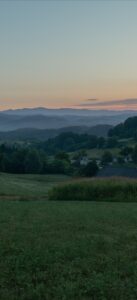

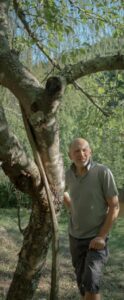
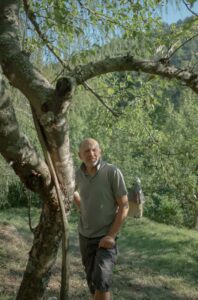
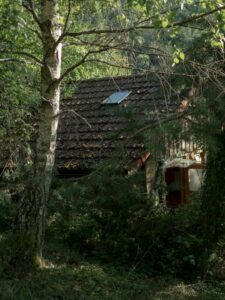

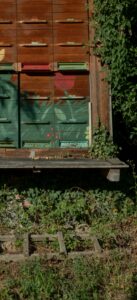


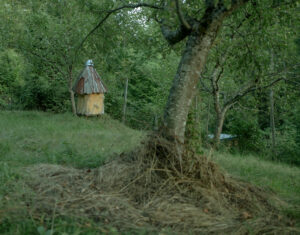
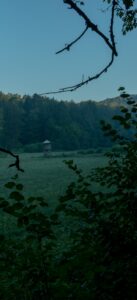
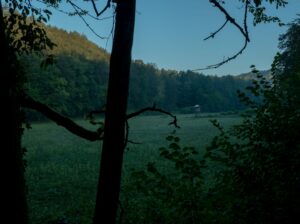
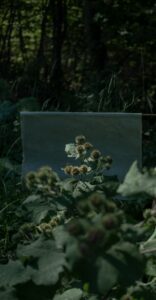
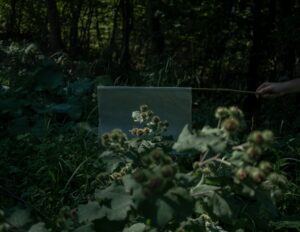
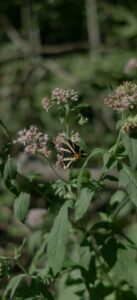
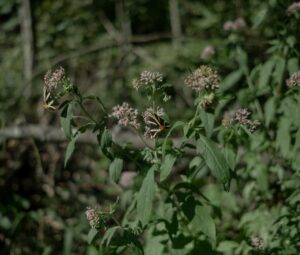
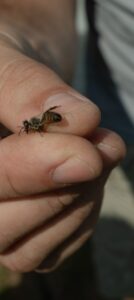
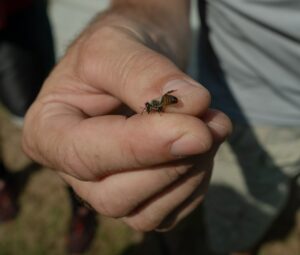
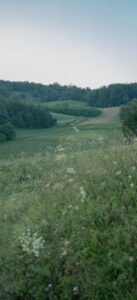

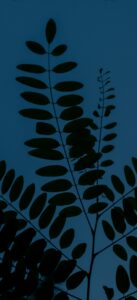


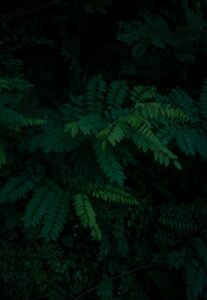
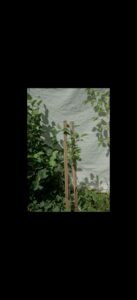
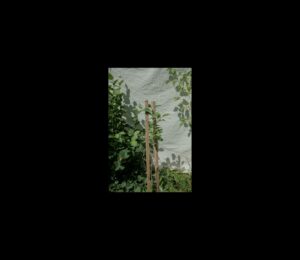
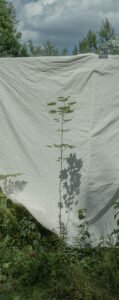


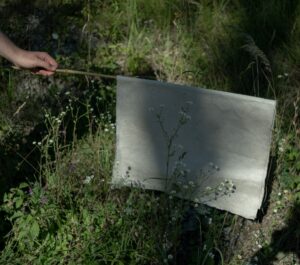
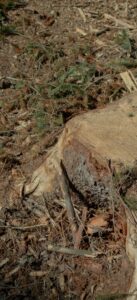
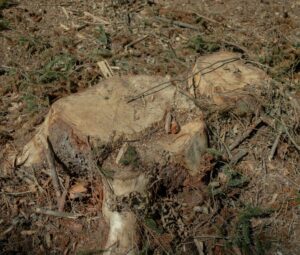
EP.02
The Forest
Beekeeper
Episode 2
Part (1/3)
The Art of a Forest Apiary


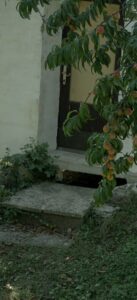
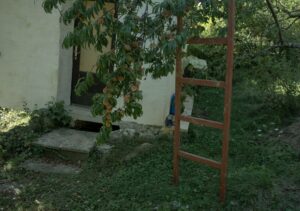

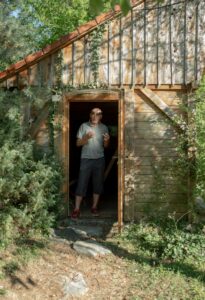


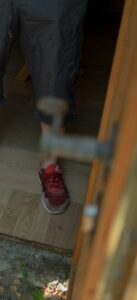
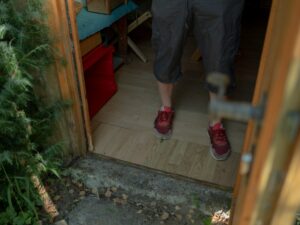
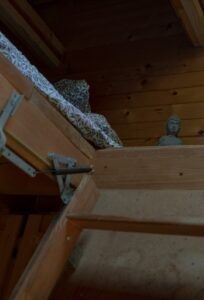
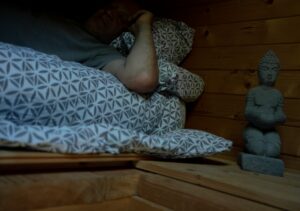

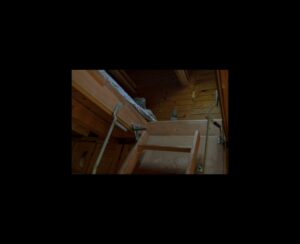
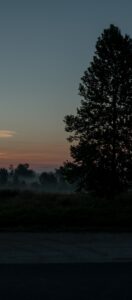
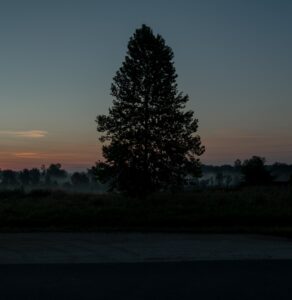

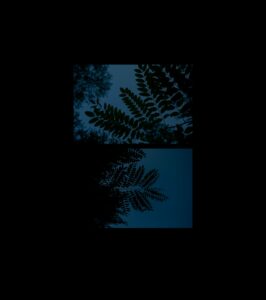

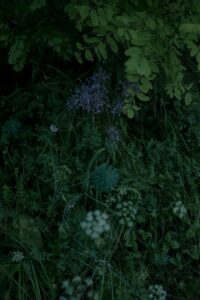

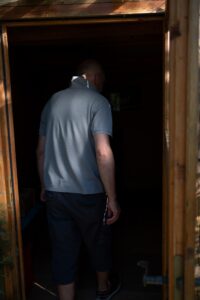
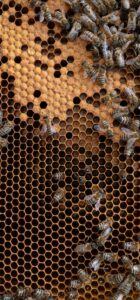
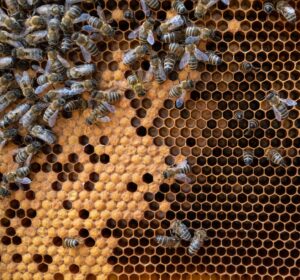
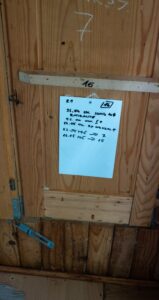
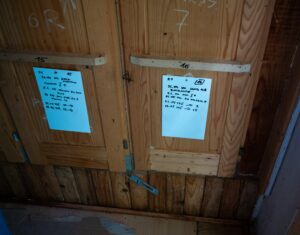
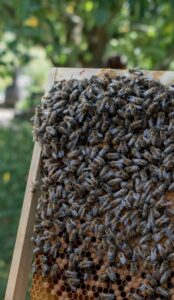

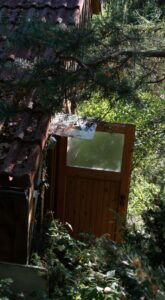

EP.02
The Forest
Beekeeper
Episode 2
Part (2/3)
Sleeping with the Bees
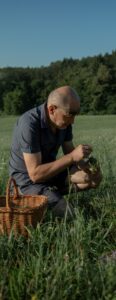

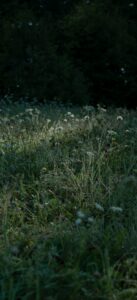
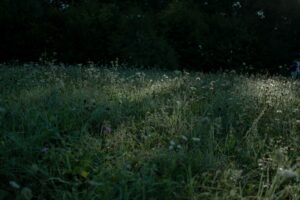
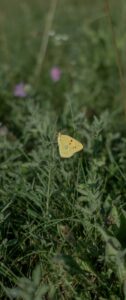

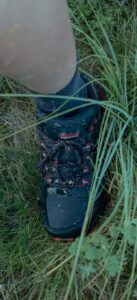
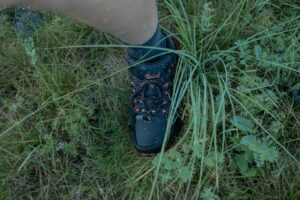
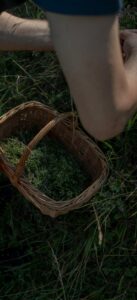
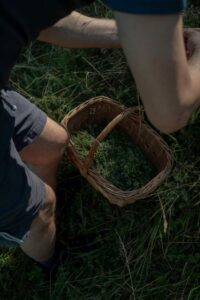
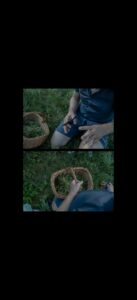
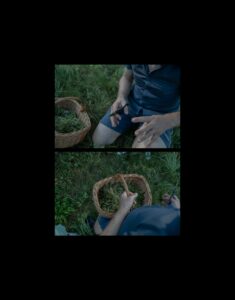

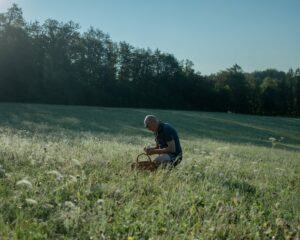
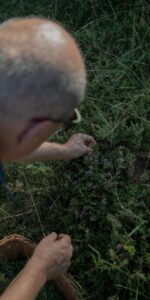
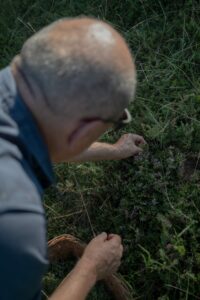
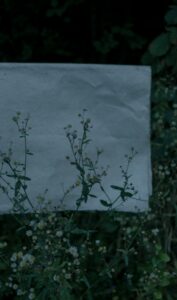
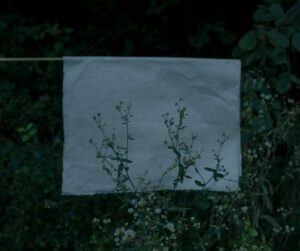
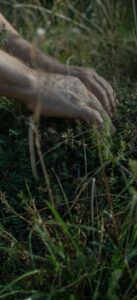
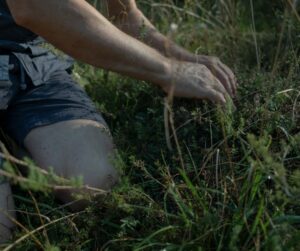

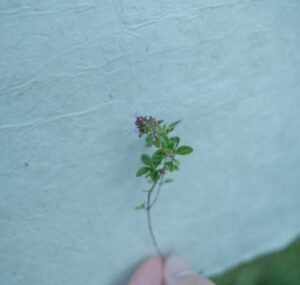
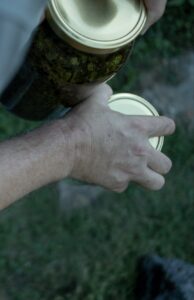
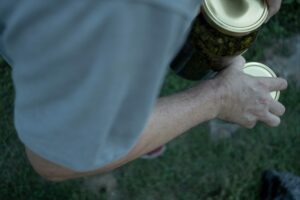
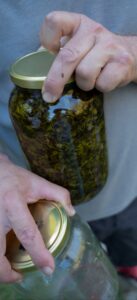
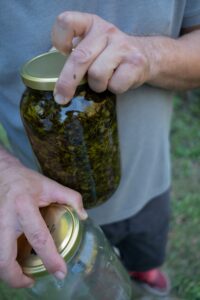
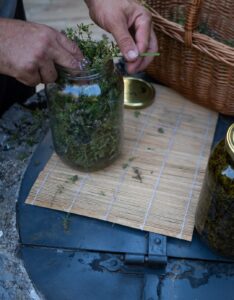
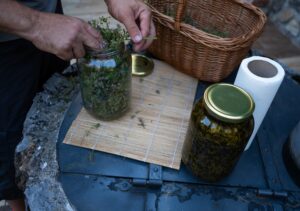

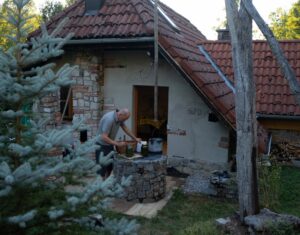
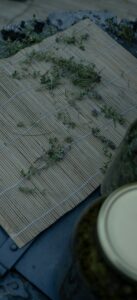
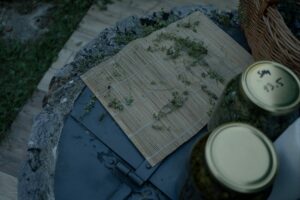
EP.02
The Forest
Beekeeper
Episode 2
Part (3/3)
